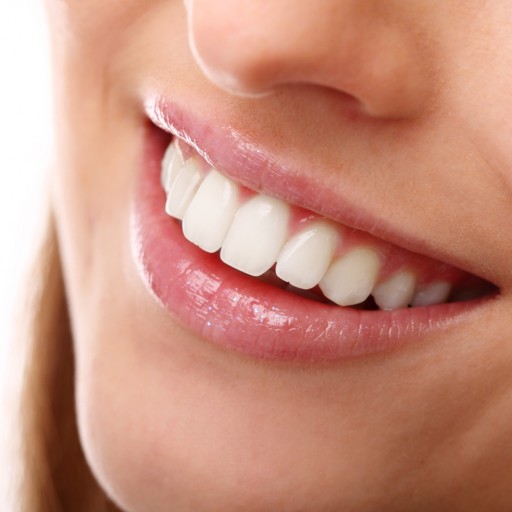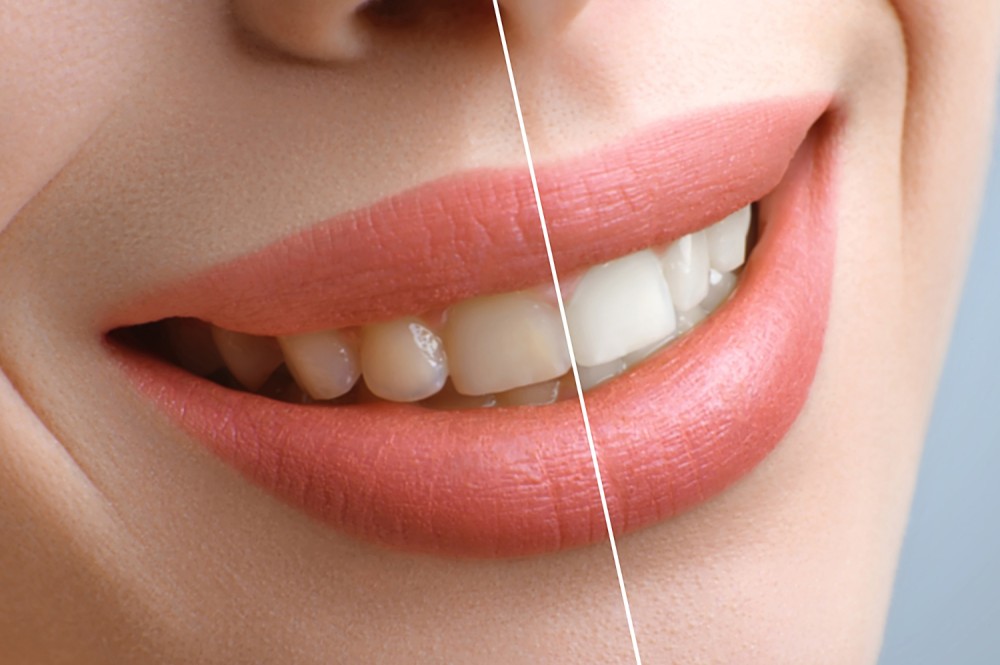Teeth Whitening
3 results foundTeeth Whitening: A Brighter, Healthier Smile
A bright, white smile has long been associated with youth, beauty, and health. As years go by, teeth tend to stain due to various factors such as age, diet, smoking, and poor oral hygiene. Teeth whitening is a popular cosmetic dental procedure that helps restore the natural brightness of your teeth, offering a boost to both your appearance and confidence. In this article, we’ll explore the benefits of teeth whitening, how it works, and tips for maintaining your bright smile for the long term.
What is Teeth Whitening? An Overview
Teeth whitening refers to the procedure of lightening your teeth by various products or professional treatments. It works through the removal of stains and discoloration on the enamel-the outer layer of your teeth-and sometimes even the dentin, the inner layer. Though many over-the-counter products are available, professional whitening at a dental clinic usually results in more dramatic and long-lasting whitening.
The main two kinds of teeth whitening treatments are those performed by a dentist in-office and at-home whitening with products like whitening toothpaste, strips, or gels. It is generally safe if done properly and can do wonders to improve the looks of your smile.
The Benefits of Teeth Whitening
Teeth whitening has a few key benefits, both cosmetic and psychological. Here are a few reasons why people choose to undergo teeth whitening: Beautification: The most obvious benefit of teeth whitening is a brighter, more attractive smile. A whiter smile can enhance your facial appearance and improve self-esteem.
Boost in Confidence: A bright smile can have a positive impact on your social interactions, professional life, and self-image. People often feel more confident when they are proud of their smile.
Youthful Appearance: Whiter teeth are often associated with youthfulness, as the natural color of teeth tends to darken with age. Teeth whitening helps restore a more youthful appearance.
Improved Oral Hygiene: While whitening treatments themselves do not improve the health of an individual's teeth, they can result in better oral hygiene since an individual may pay closer attention to their oral hygiene routine while undergoing a whitening treatment.
How Teeth Whitening Works
Most whitening treatments contain active ingredients in the form of peroxide-based compounds, hydrogen peroxide or carbamide peroxide, that break up stains on the teeth. They penetrate the enamel and lighten the teeth from the inside out.
In-office teeth whitening is done under a dentist's supervision, who then applies a stronger bleaching agent to the teeth. Sometimes, a special light or laser is used to accelerate the whitening process. At-home treatments usually contain lower concentrations of peroxide but can be very effective when used consistently.
Whitening agents work by breaking down the stain molecules on your teeth, causing them to appear lighter. Over time, the teeth will gradually whiten, and the results can last for several months, depending on your oral care habits.
Different Types of Teeth Whitening Treatments
There are several options available for whitening your teeth, depending on your preferences and budget:
Professional In-Office Whitening: This is the fastest and most effective method for teeth whitening. It is performed by a dentist and generally takes about 1-2 hours. Professional treatments can whiten teeth by several shades in one visit, and the results last longer compared to at-home treatments.
At-Home Whitening Kits: These kits generally consist of whitening gels or trays that one applies to the teeth. They are available over-the-counter or through your dentist. While at-home whitening treatments may take longer to achieve noticeable results, they can still be effective with consistent use.
Whitening Toothpastes: Whitening toothpastes are an inexpensive option for daily maintenance. They do not bleach teeth but contain mild abrasives or chemical agents that help remove surface stains over time. While they may not deliver dramatic results, they are an easy way to maintain a brighter smile.
Whitening Strips: Whitening strips are thin, flexible plastic strips coated with a whitening gel applied to the teeth. These strips are usually worn for 20-30 minutes a day for a couple of weeks. They are convenient and easy to use but may not provide as immediate or long-lasting results as professional treatments.
Whitening Pens and Gels: These are applied locally and are convenient to carry. They are ideal for spot treatment of discoloration but generally provide more subtle results than other methods.
Is Teeth Whitening Safe?
Whitening teeth is usually safe if one follows instructions; however, there might be a few minor side effects, which could be sensitivity in the teeth and gum irritation. Usually, both of these conditions are temporary and get corrected when the whitening is over.
In order to lessen potential risks, it would be better to consult the dentist before applying any form of teeth whitening treatment if you have sensitive teeth, some form of gum disease, or artificial dental work, such as crowns or fillings. A dentist can help in determining a proper treatment and ensuring that your teeth remain healthy throughout the procedure.
Teeth Discoloration Factors
Several factors may result in teeth discoloration. These include:
Diet: The consumption of dark-colored food and drinks such as coffee, tea, red wine, and berries eventually discolored your teeth.
Tobacco use: Smoking or chewing tobacco can lead to stubborn stains on the teeth.
Aging: With aging, the wearing off of the enamel in the teeth naturally reveals the yellowish color of the dentin layer underneath the enamel.
Poor Oral Hygiene: Poor oral hygiene makes plaque and tartar deposit on the teeth and then act to change their color.
Medications: Certain medications, such as tetracycline antibiotics, can cause stains on the teeth, especially if taken during childhood.
Genetics: Some people naturally have teeth that are more prone to discoloration due to genetics.
Maintaining Your Whiter Smile
After achieving your desired shade of white, it’s essential to maintain your results. Here are a few tips to keep your teeth looking their best:
Practice Good Oral Hygiene: A minimum of two times a day, brush your teeth, and floss once to prevent plaque accumulation.
Limit Staining Foods and Drinks: Coffee, tea, and red wine, along with certain foods that could stain the teeth, should be limited in consumption. When consumed, rinse your mouth with water afterward.
Touch-up Treatments: Do touch-up applications every few months for maintenance, especially if using at-home whitening treatments.
Regular Dental Check-ups: Pay regular visits to your dentist for cleaning and check-ups. This professional cleaning can remove all superficial stains and help maintain health teeth.
Things to Consider Before Whitening Your Teeth
Before whitening, there are a few things you must consider:
Dental Work: Whitening does not change the color of crowns, fillings, or veneers. In case most of your teeth are covered by dental work, then better consult your dentist.
Sensitivity: Some people may experience sensitivity of the teeth during or after the whitening process. If you have sensitive teeth, you will discuss gentler whitening options with your dentist.
Realistic Expectations: Results for teeth whitening can be impressive. However, it may not provide perfect, Hollywood-style teeth for all people. It is vital to have realistic expectations about the outcome.
Conclusion
Teeth whitening is one of the most effective ways to brighten your smile, boost your confidence, and improve your overall appearance. Whether you choose a professional treatment or at-home whitening solutions, regular maintenance and good oral hygiene will keep your teeth looking their best. Remember to consult with your dentist to determine the best whitening option for your needs and to ensure the process is safe and effective. A bright smile can leave a lasting impression and impact your overall health and well-being.



